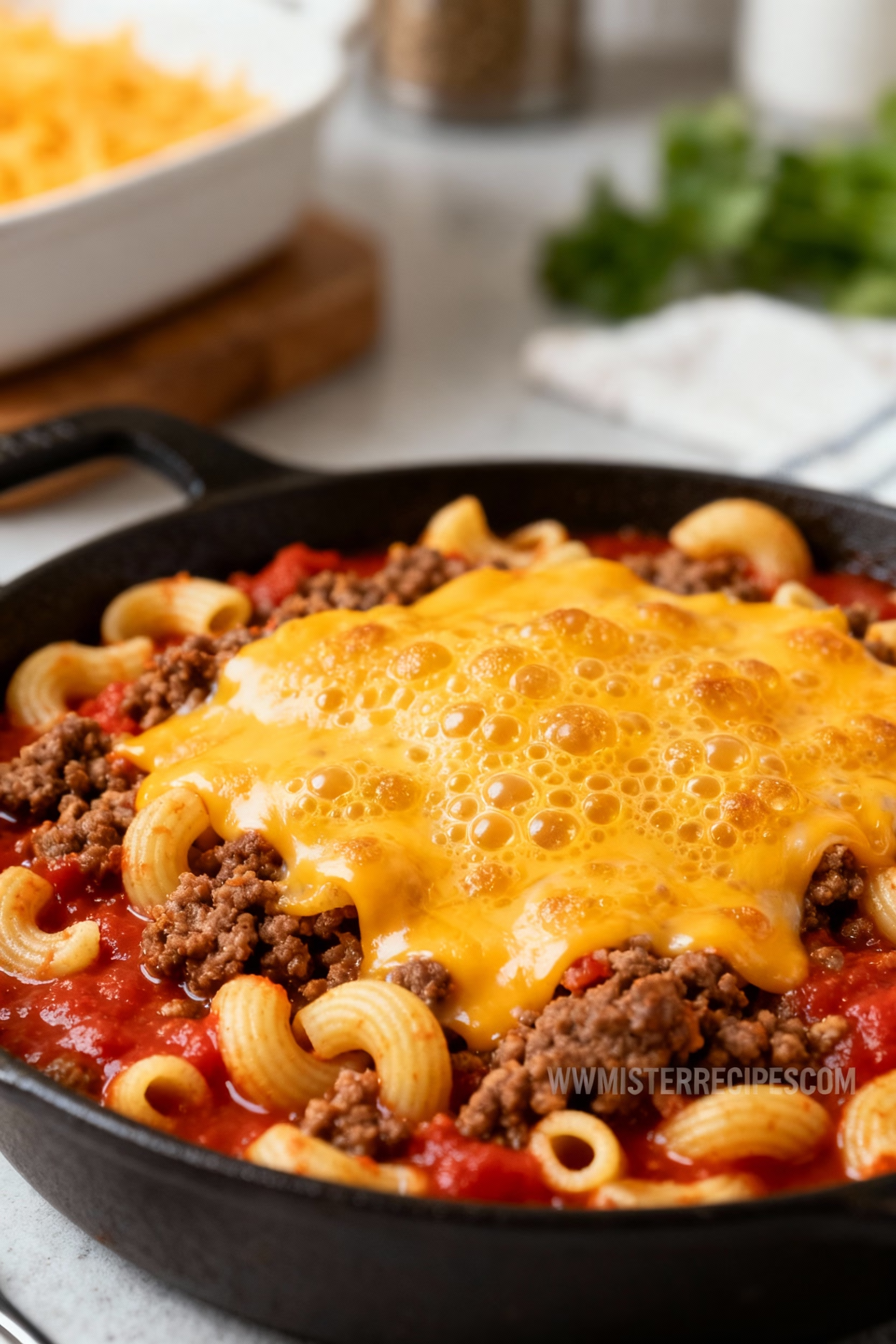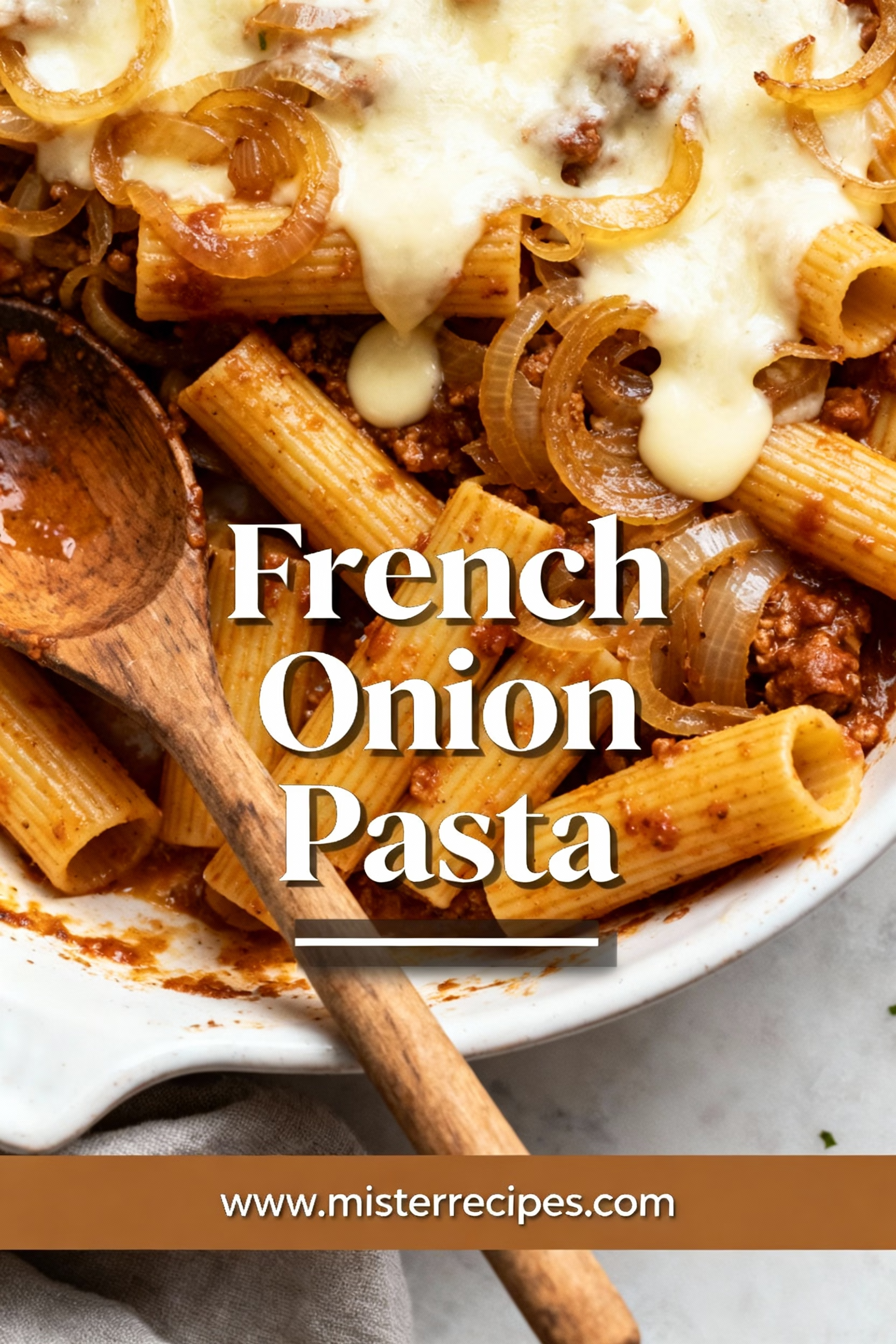Sourdough discard pizza dough is a delicious and resourceful way to make the most of your sourdough starter. For those who love baking, there’s often an excess of sourdough discard that can accumulate over time. Instead of letting it go to waste, this recipe transforms that discard into a rich, flavorful pizza dough. The natural fermentation in sourdough not only adds a subtle tangy flavor but also contributes to the dough’s elasticity, resulting in a crust that’s both chewy and crisp. Whether you’re a pizza lover looking to experiment or a sourdough enthusiast wanting to use every bit of your starter, this recipe is a perfect choice.
A meal without wine is like a day without sunshine.
Jean Anthelme Brillat-Savarin
The process is straightforward, and the reward is a homemade pizza with a unique twist that rivals any pizzeria. Let’s dive into how you can create this incredible sourdough discard pizza dough at home.
Table of Contents
Why You’ll Love This Sourdough Discard Pizza Recipe
Zero Waste Baking: This recipe utilizes sourdough discard that might otherwise be wasted, turning it into something delicious and satisfying.
Enhanced Flavor: The sourdough discard adds a slight tang to the dough, elevating the flavor of your pizza crust far beyond what you’d get from standard dough.
Texture Perfection: Thanks to the natural fermentation process, the dough has an ideal balance of chewiness and crispiness, making for a perfect pizza base.
Versatile Usage: This dough isn’t just for pizza use it for flatbreads, calzones, or even breadsticks, making it a versatile addition to your baking repertoire.
Easy to Make: While it involves a few steps, the process is simple enough for even beginner bakers to follow. Plus, it’s a fun and rewarding way to experiment with your sourdough starter.

How to Make Sourdough Discard Pizza
Ingredients
- 1 cup (240g) sourdough discard (unfed)
- 3/4 cup (180ml) warm water
- 2 cups (250g) all-purpose flour
- 1 cup (130g) bread flour (or additional all-purpose flour)
- 2 teaspoons salt
- 1 tablespoon olive oil
- 1 teaspoon sugar
- 1 teaspoon instant yeast (optional for quicker rise)
Instructions
Preparation:
Activate the Yeast (Optional): If you’re using yeast, dissolve it in warm water with the sugar. Let it sit for about 5 minutes until it becomes foamy. This step isn’t necessary if you prefer to rely solely on the sourdough discard for leavening, but it can help speed up the process.
Step 1
Mix Wet Ingredients: In a large mixing bowl, combine the sourdough discard with the warm water (and the activated yeast, if using). Stir until well combined.
Add Dry Ingredients: Gradually add the all-purpose flour, bread flour, and salt to the wet mixture. Stir with a wooden spoon or dough hook until a rough dough forms.
Knead the Dough: Turn the dough out onto a lightly floured surface and knead for about 5-7 minutes, or until the dough is smooth and elastic. If the dough is too sticky, add a little more flour, a tablespoon at a time.
Step 2
First Rise: Place the dough in a lightly oiled bowl, cover it with a damp cloth or plastic wrap, and let it rise at room temperature for 3-4 hours, or until it has doubled in size. For a stronger sourdough flavor, you can let the dough rise in the refrigerator overnight.
Shape the Dough: Once risen, punch down the dough to release the gas. Turn it out onto a floured surface and divide it into two equal portions if making two pizzas. Shape each portion into a ball, cover with a towel, and let them rest for 20 minutes.
Preheat the Oven: Preheat your oven to 475°F (245°C). If you have a pizza stone, place it in the oven while it heats up. A hot stone will help create a crispy crust.
Roll Out the Dough: On a lightly floured surface, roll out one dough ball into a circle about 12 inches in diameter. Transfer the dough to a sheet of parchment paper if you’re using a pizza stone, or directly onto a baking sheet.
Add Toppings: Top the dough with your favorite pizza sauce, cheese, and toppings. Be creative this dough can handle a variety of flavors.
Bake: Transfer the pizza to the hot oven. Bake for 12-15 minutes, or until the crust is golden and the cheese is bubbly and slightly browned. Repeat with the second dough ball if making two pizzas.

Tips For Sourdough Discard Pizza
Use a Pizza Stone: If possible, use a pizza stone to bake your pizza. Preheating the stone ensures a crispy crust by providing direct heat to the dough as soon as it’s placed in the oven.
Don’t Overload with Toppings: To prevent the crust from becoming soggy, avoid overloading your pizza with too many toppings. A lighter hand with toppings ensures that the dough bakes evenly and retains its crispness.
Fermentation Time: If you have the time, allow the dough to rise slowly in the refrigerator overnight. This extended fermentation enhances the dough’s flavor and makes it easier to digest.
Adjusting Hydration: Depending on the hydration level of your sourdough discard, you may need to adjust the amount of flour. The dough should be slightly sticky but manageable.
Freezing Dough: You can freeze the dough after its first rise. Simply shape it into balls, wrap in plastic wrap, and store in a freezer bag. Thaw in the refrigerator before using.
Without bread all is misery.
William Cobbett
Sourdough Discard Pizza Recipe FAQ
Is Sourdough Good for Pizza Dough?
Yes, sourdough is excellent for pizza dough. Using sourdough starter or discard adds a tangy depth of flavor, improves texture, and enhances the dough’s overall quality. Benefits of using sourdough include:
- Flavor: The natural fermentation process imparts a subtle sourness that complements pizza toppings.
- Texture: Sourdough pizza dough has a chewy interior with a crisp crust.
- Digestibility: Fermentation breaks down gluten, making sourdough easier to digest compared to conventional dough.
- Natural Leavening: Sourdough eliminates the need for commercial yeast, making it a traditional and wholesome option.
At What Point Can You Use Sourdough Discard?
You can use sourdough discard at any time after removing it from the starter. Key points to consider:
- Fresh Discard: If it’s recently removed and unfed, it will still be mildly active and great for recipes that don’t rely on rising (e.g., crackers, flatbreads, or pancakes).
- Older Discard: Refrigerated discard (up to 1–2 weeks old) can be used for flavor-rich recipes but might need additional leavening agents like yeast for better rise.
- Room Temperature: Bring discard to room temperature if using it in recipes requiring fermentation or rising, such as bread or pizza dough.
What Happens If You Bake Sourdough Discard?
Baking sourdough discard can result in a variety of outcomes depending on the recipe:
- Flat and Dense: If used alone without additional leavening, baked discard will be dense and flat because it lacks enough active yeast for rising.
- Enhanced Flavor: Baked recipes like crackers, pancakes, or quick breads gain a tangy, complex flavor from the discard.
- Improved Crust Texture: When mixed with yeast and other ingredients, discard can contribute elasticity and depth to pizza or bread dough.
Do Italians Use Sourdough for Pizza?
Yes, sourdough (known as lievito madre in Italy) is traditionally used for pizza, especially in artisanal and traditional recipes. Key details:
- Traditional Italian Pizza: While commercial yeast is more common today for convenience, sourdough was historically used to naturally leaven pizza dough.
- Artisanal Pizza: Many Italian pizzerias and home bakers prefer sourdough for its authentic flavor, airy texture, and digestibility.
Does Neapolitan Pizza Use Sourdough?
Traditional Neapolitan pizza dough typically uses fresh yeast or a natural starter (similar to sourdough). While sourdough isn’t a strict requirement in the official Associazione Verace Pizza Napoletana (AVPN) guidelines, it can be used to:
- Enhance flavor complexity.
- Produce a chewier texture.
- Align with traditional fermentation methods.
Some modern Neapolitan-style pizzas use sourdough as a natural leavening alternative.
What Is the Difference Between American and Italian Pizza Dough?
The main differences lie in ingredients, texture, and preparation techniques:
- Flour Type:
- Italian Dough: Uses 00 flour, a finely milled flour that produces a light, elastic dough ideal for high-temperature baking.
- American Dough: Often uses all-purpose or bread flour, resulting in a chewier, sturdier crust.
- Hydration Levels:
- Italian Dough: Generally has a lower hydration level, leading to a thin, crisp crust with a soft center (e.g., Neapolitan pizza).
- American Dough: Higher hydration in some styles (like New York pizza) creates a thicker, chewier crust.
- Leavening Agents:
- Italian Dough: Frequently uses minimal yeast or natural starters (sourdough) with long fermentation times for flavor development.
- American Dough: Relies on commercial yeast for a quicker rise.
- Cooking Temperature:
- Italian Dough: Baked at very high temperatures (800–900°F) in wood-fired ovens.
- American Dough: Typically baked at lower temperatures (450–500°F) in conventional ovens.
These differences create distinct pizza styles, with Italian pizzas often focusing on simplicity and thin crusts, while American pizzas are more varied in thickness and toppings.

Sourdough Discard Pizza Dough: A Tasty Alternative
Equipment
- – Mixing bowls
- Wooden spoon or dough hook
- – Measuring cups and spoons
- Pizza stone or baking sheet
- Parchment paper
- Rolling Pin
Ingredients
- 1 cup 240g sourdough discard (unfed)
- 3/4 cup 180ml warm water
- 2 cups 250g all-purpose flour
- 1 cup 130g bread flour (or additional all-purpose flour)
- 2 teaspoons salt
- 1 tablespoon olive oil
- 1 teaspoon sugar
- 1 teaspoon instant yeast optional for quicker rise
Instructions
- Activate the Yeast (Optional): If you’re using yeast, dissolve it in warm water with the sugar. Let it sit for about 5 minutes until it becomes foamy. This step isn’t necessary if you prefer to rely solely on the sourdough discard for leavening, but it can help speed up the process.
- Mix Wet Ingredients: In a large mixing bowl, combine the sourdough discard with the warm water (and the activated yeast, if using). Stir until well combined.
- Add Dry Ingredients: Gradually add the all-purpose flour, bread flour, and salt to the wet mixture. Stir with a wooden spoon or dough hook until a rough dough forms.
- Knead the Dough: Turn the dough out onto a lightly floured surface and knead for about 5-7 minutes, or until the dough is smooth and elastic. If the dough is too sticky, add a little more flour, a tablespoon at a time.
- First Rise: Place the dough in a lightly oiled bowl, cover it with a damp cloth or plastic wrap, and let it rise at room temperature for 3-4 hours, or until it has doubled in size. For a stronger sourdough flavor, you can let the dough rise in the refrigerator overnight.
- Shape the Dough: Once risen, punch down the dough to release the gas. Turn it out onto a floured surface and divide it into two equal portions if making two pizzas. Shape each portion into a ball, cover with a towel, and let them rest for 20 minutes.
- Preheat the Oven: Preheat your oven to 475°F (245°C). If you have a pizza stone, place it in the oven while it heats up. A hot stone will help create a crispy crust.
- Roll Out the Dough: On a lightly floured surface, roll out one dough ball into a circle about 12 inches in diameter. Transfer the dough to a sheet of parchment paper if you’re using a pizza stone, or directly onto a baking sheet.
- Add Toppings: Top the dough with your favorite pizza sauce, cheese, and toppings. Be creative—this dough can handle a variety of flavors.
- Bake: Transfer the pizza to the hot oven. Bake for 12-15 minutes, or until the crust is golden and the cheese is bubbly and slightly browned. Repeat with the second dough ball if making two pizzas.
- Serve: Let the pizza cool slightly on a wire rack before slicing. Enjoy the unique tang and texture that only sourdough discard pizza dough can offer!
Notes
- The yeast is optional but can be used to speed up the rising process.
- For a stronger sourdough flavor, let the dough rise in the fridge overnight.
- Adjust the flour based on the hydration level of your discard.
Calories: 170 | Carbohydrates: 32g | Protein: 5g | Fat: 2g | Saturated Fat: 0.3g | Polyunsaturated Fat: 0.2g | Monounsaturated Fat: 1.3g | Sodium: 280mg | Potassium: 50mg | Fiber: 1g | Sugar: 1g | Vitamin C: 0mg | Calcium: 5mg | Iron: 2mg
Common Mistakes When Making Sourdough Discard Pizza Dough
- Using Cold Ingredients
- Cold sourdough discard or water slows down fermentation and may hinder the dough’s rise. Always use room-temperature discard and warm water for optimal results.
- Skipping the Rest Time
- Not allowing the dough to rest after kneading can result in a tough texture. Resting relaxes the gluten, making the dough easier to roll and stretch.
- Overloading Toppings
- Too many toppings can weigh down the dough, leading to a soggy crust. Keep toppings light to ensure even baking and a crisp base.
- Neglecting Hydration Adjustments
- The moisture content of sourdough discard can vary. Failing to adjust the flour accordingly can lead to overly sticky or dry dough. Add flour gradually until the dough is slightly sticky but manageable.
- Skipping the Pizza Stone Preheat
- Baking pizza on a cold stone or sheet doesn’t achieve the crispy crust that a preheated stone provides. Always preheat your stone for at least 30 minutes at high heat.
- Rushing the Rise
- Cutting the rising time short prevents the dough from developing flavor and texture. Allow sufficient time for the dough to rise, especially if you’re relying solely on sourdough discard for leavening.
- Not Scoring or Docking the Dough
- For thin-crust pizzas, failing to dock (poke small holes) or lightly score the dough can lead to uneven bubbles during baking.
Conclusion
Sourdough discard pizza dough is a resourceful and flavorful way to make the most of your sourdough starter. Avoid common mistakes like rushing the rise, using cold ingredients, or overloading with toppings to create a pizza crust that’s crispy, chewy, and perfectly balanced. With its subtle tang and rich texture, this dough is a versatile base for a variety of toppings and styles, from classic Margherita to creative gourmet options. This recipe not only reduces waste but also elevates homemade pizza to a whole new level of taste and texture!
Let me know!
Did you find this post helpful? By leaving a star rating and share, it will help others find my recipes.



